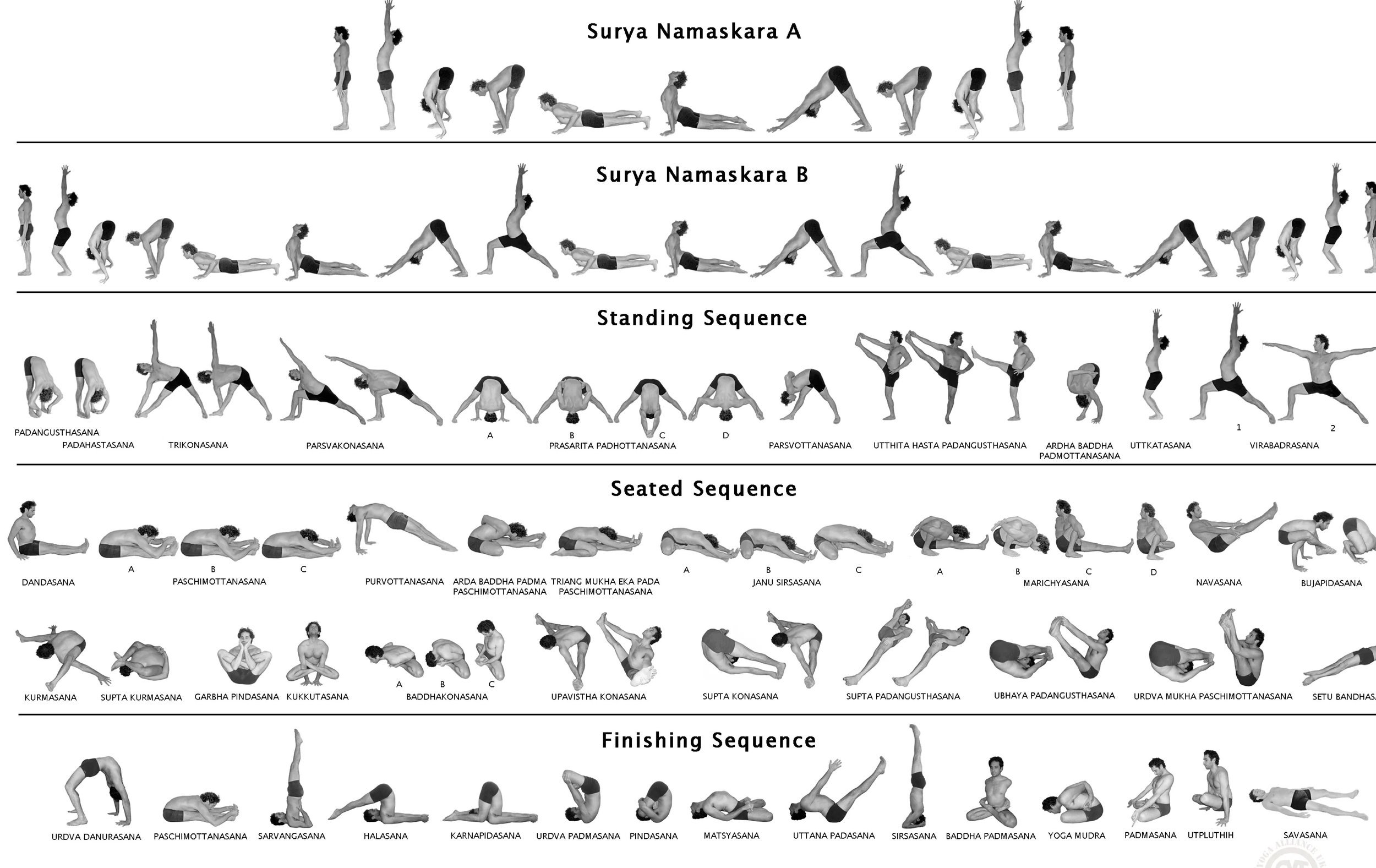How Long Should I Practice Yoga Before Doing Yoga Teacher Training?
As you consider your direction towards becoming a yoga teacher, one of the most common questions asked is about how long you should practice yoga before enrolling in a yoga teacher training (YTT) program. The answer to this question depends on several factors, including your personal goals, the style of yoga you're interested in teaching, and the specific requirements of the training program.
The Importance of the Practice
Yoga is not just about the physical postures or what you can “do.” It's a mindfulness practice that encompasses deeper philosophy, breathing techniques, and meditation. Building a solid foundational understanding of all these aspects is necessary to become a competent and well rounded yoga teacher.
A More Traditional View
In traditional yoga trainings, it was often recommended that students practice for several years before becoming a yoga teacher. This allowed them time to develop a deep understanding of the practice, its principles, and how to apply the teachings to life. These trainings have changed a lot and are often more open to different experience levels within the practice.
Modern Perspective
The modern world of yoga has evolved significantly. Many students feel drawn to teach earlier into their practice, and they may not have the same level of physical or philosophical background as traditional practitioners once did. Yoga teacher trainings are more plentiful and welcoming of new aspiring teachers so they’re often geared more towards foundational understanding of the practice, postures, history and philosophies.
What's More Important Than Time?
Although time can be a factor, it's not the only point of consideration. Here are a few other key factors that can be more important than how long you’ve been practicing:
Consistency: Having a regular practice is crucial. Aim to practice at least 2-3 times a week or more. To become a good teacher will require you to be a good student.
Depth of Knowledge: How deeply do you understand the practice? This includes knowledge on things like the postures and class styles. You may even have a deeper understanding of anatomy, philosophy, history or teaching methodology. Trainings vary, but they often don’t require much (if any) prior yoga knowledge to join.
Personal Connection: Your personal connection to the practice is essential. You should feel a genuine love for yoga and a strong desire to share it with others. This typically forms from a consistent practice and a basic understanding.
Physical Ability: While being able to do fancy postures is not necessary, you should have the ability to demonstrate and teach the postures as needed for your students. This can range based on the style of yoga you plan to teach and the difficulty of postures you feel comfortable with in your own practice.
Practical Time Guidelines
Given the considerations above, here are some practical YTT time guidelines :
Minimum 6 months to 1 year: This is a good base for most students. This allows you to develop a consistent practice, understand the basics of yoga, and to begin exploring some of its deeper aspects.
1-2 years: At this time, you've likely developed a strong connection to the practice and are beginning to explore the philosophical dimensions of yoga.
2+ years: With several years of practice, you've likely grown a deep understanding of the practice and are ready to share your knowledge with others.
To Conclude
Less emphasis on time you’ve been practicing and more on the quality and connection of your practice time. You should feel passionate, curious, excited and ready to share the gift of Yoga with others.


